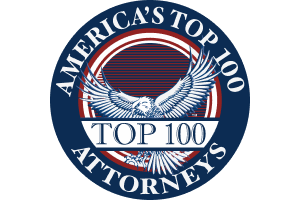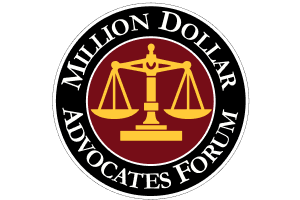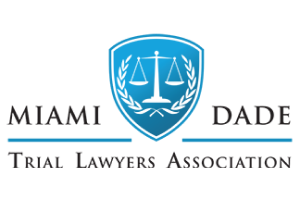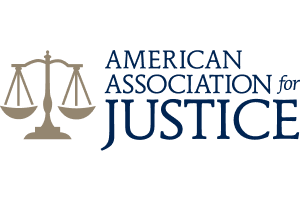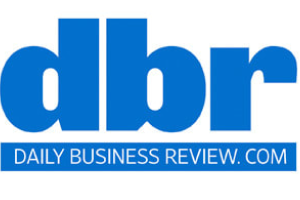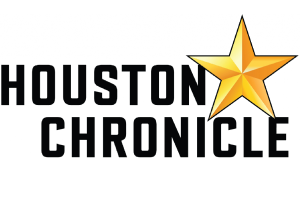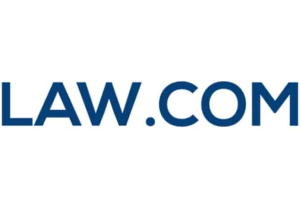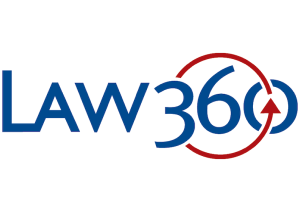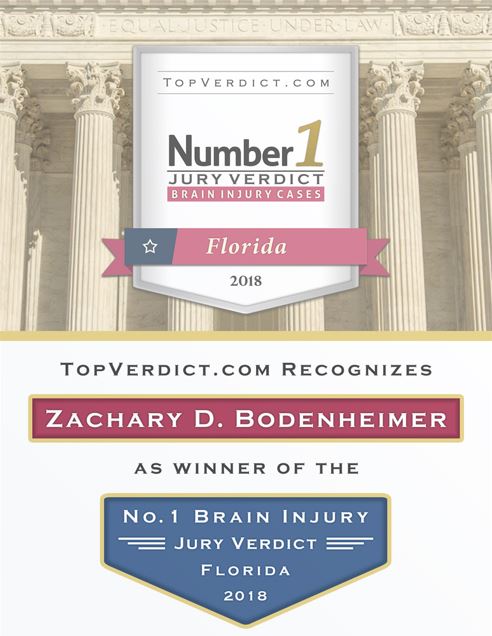- Free Consultation: 305-638-4143 Tap Here to Call Us
Whose Insurance Pays in a Multi-Car Accident in Florida?
Being involved in a car accident is always a stressful experience, but when multiple vehicles are involved, it can become even more confusing and complicated. In a multi-car accident, determining which insurance company is responsible for paying for damages can be a complex process, particularly in Florida, which operates under a no-fault insurance system.
In this blog, we will break down how insurance works in a multi-car accident in Florida, the role of Personal Injury Protection (PIP) insurance, how fault is determined, and what you should do to protect your rights.
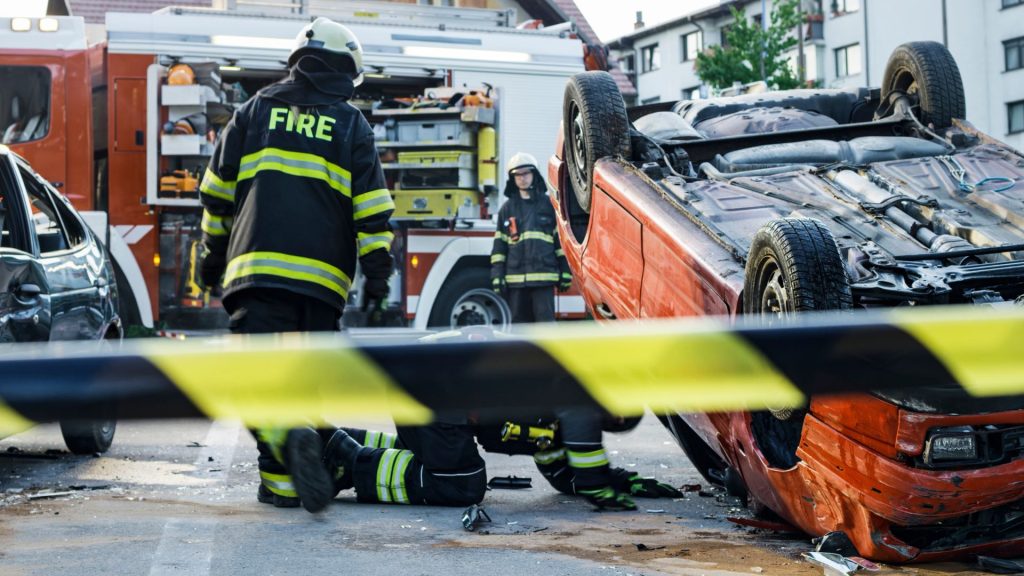
Florida’s No-Fault Insurance System
Florida is one of a few states that follow a no-fault insurance system for car accidents. This system requires all drivers to carry Personal Injury Protection (PIP) insurance, which covers the driver’s medical expenses, lost wages, and certain other costs regardless of who caused the accident.
Under Florida Statutes § 627.736, all drivers must carry a minimum of $10,000 in PIP coverage. This insurance is intended to cover up to 80% of medical bills and 60% of lost wages up to the policy limits. PIP coverage applies regardless of fault, meaning that after a multi-car accident, your own insurance will initially cover your medical expenses and lost wages, no matter who caused the crash.
However, PIP only covers personal injuries, not vehicle damage, and it may not be enough to cover severe injuries.
Property Damage
If your vehicle or other property is damaged in a multi-car accident, you will need to pursue compensation from the at-fault driver(s) through their Property Damage Liability (PDL) insurance. Florida drivers are required to carry a minimum of $10,000 in PDL coverage to cover the cost of damages to another person’s vehicle or property.
Injuries Exceeding PIP Limits
If your injuries are severe and exceed the $10,000 PIP limit, or if you suffer a permanent injury, you can file a claim against the at-fault driver(s) to recover additional compensation for medical bills, pain and suffering, and other damages.
Comparative Negligence
Florida follows a modified comparative negligence system, as outlined in Florida Statute § 768.81. This means that even if you were partially at fault for the accident, you can still recover damages from the other parties, but your compensation will be reduced by your percentage of fault. For example, if you were found to be 30% at fault for the accident, your compensation would be reduced by 30%.
However, there is an important exception to this rule. If the plaintiff or claimant is more than 50% at fault, they may not recover any of their damages. In other words, if you want to make a claim, but you are more than 50% at fault for the collision, you will not be able to make any recovery.
How Is Fault Determined in a Multi-Car Accident?
In a multi-car accident, determining fault can be challenging because multiple drivers may share responsibility for the crash. Law enforcement officers will typically investigate the accident and file a police report that details how the crash occurred and who they believe was at fault. Insurance companies will also conduct their own investigations, reviewing evidence such as:
- Police reports
- Witness statements
- Photos and videos of the accident scene
- Damage to the vehicles
- Traffic camera footage
- Expert accident reconstruction analysis
It’s important to note that more than one driver can be found at fault in a multi-car accident. For example, one driver may have caused the initial collision, but another driver’s actions may have contributed to the severity of the crash or caused additional vehicles to become involved.
Examples of Common Accidents With Multiple Cars
Chain Reaction Accident (Rear-End Collision)
A classic example of a multi-car accident is a chain reaction rear-end collision. Imagine that Driver A is stopped at a red light, Driver B is following closely behind, and Driver C rear-ends Driver B, pushing Driver B into Driver A. This scenario involves three vehicles, and determining fault is crucial.
Fault Determination: In most cases, Driver C (the last car in the chain) is found at fault for causing the initial collision, which set off the chain reaction. However, if Driver B was following too closely to Driver A or stopped suddenly without reason, Driver B may also be partially at fault.
Intersection Accident with Multiple Impact Points
Consider an accident where multiple vehicles collide at an intersection. Driver A runs a red light, causing Driver B to swerve to avoid the crash. In doing so, Driver B hits Driver C, who was waiting to make a left turn. Driver D, who was approaching the intersection behind Driver C, rear-ends Driver C’s vehicle after the initial collision.
Fault Determination: In this case, Driver A, who ran the red light, is likely to be primarily at fault for causing the accident. However, Driver B’s actions in swerving and hitting Driver C may be scrutinized, and Driver D could be partially at fault for failing to stop in time to avoid hitting Driver C.
Highway Pile-Up Involving Bad Weather
A multi-car accident involving several vehicles can easily occur on Florida highways, especially during heavy rain or poor visibility. Imagine that a sudden downpour causes Driver A to lose control and spin out, hitting the guardrail. Driver B sees the crash and stops, but Driver C, who is following too closely in the rain, rear-ends Driver B. This triggers a chain reaction where Driver D crashes into Driver C, followed by Drivers E and F colliding into the pile-up.
Fault Determination: In this scenario, determining fault can be complex. While Driver A’s loss of control may have triggered the initial crash, Driver C and the other drivers may be at fault for not maintaining a safe distance or driving too fast for the weather conditions. Each driver’s behavior will be assessed to determine their contribution to the accident. Florida Statute § 316.185 requires drivers to adjust their speed for road and weather conditions, meaning that Drivers C through F may bear some responsibility for failing to do so.
Multiple Cars Rear-Ending Each Other Due to Sudden Braking
On a busy road, Driver A suddenly brakes to avoid debris on the road. Driver B, following closely behind, rear-ends Driver A. Driver C then crashes into Driver B, and Driver D collides with Driver C. In this case, multiple drivers may share fault due to tailgating or failing to leave enough stopping distance.
Fault Determination: Driver A may not be at fault if their sudden braking was necessary to avoid a hazard. However, Drivers B, C, and D may each be held partially responsible for following too closely and not stopping in time.
How Does Insurance Pay Out in a Multi-Car Accident?
After a multi-car accident, the process of determining whose insurance pays for what can be complicated. Here’s a breakdown of how insurance typically works:
1. PIP Insurance for Medical Expenses
Regardless of who caused the accident, your PIP insurance will cover your medical expenses and lost wages up to the limits of your policy. This is your primary source of compensation for personal injuries under Florida’s no-fault system. However, PIP does not cover damage to your vehicle or property.
2. Property Damage Liability Insurance
If you were not at fault for the accident, the at-fault driver’s Property Damage Liability (PDL) insurance will cover the cost of repairing or replacing your vehicle, up to the policy limits. If multiple drivers are found to be at fault, their insurance companies may each contribute to covering the cost of your property damage, based on their respective percentages of fault.
Sometimes in a multi-vehicle collision, the at-fault driver’s property damage coverage may not be enough to cover all the damages. If you have collision coverage on your vehicle, you can go through your own insurance company to repair your car and your insurance company may attempt to claw back some of the money from the at-fault driver’s insurance.
3. Bodily Injury Liability Insurance
If you have bodily injuries as a result of the crash, you can pursue the at-fault driver for their bodily injury liability benefits. However, Florida does not require drivers to carry BIL insurance. If you are injured in a crash caused by a driver with no bodily injury benefits, you may not be able to make any recovery.
4. Uninsured/Underinsured Motorist Coverage
If one or more of the at-fault drivers in a multi-car accident do not have sufficient insurance to cover your injuries, your own Uninsured/Underinsured Motorist (UM/UIM) coverage may come into play. UM/UIM coverage is optional in Florida, but it provides crucial protection if the at-fault driver lacks adequate insurance.
What If Multiple Drivers Are at Fault?
In many multi-car accidents, more than one driver may be found at fault. Florida’s comparative negligence system allows you to pursue compensation even if you share some degree of fault for the accident. However, your total compensation will be reduced by your percentage of fault.
If multiple drivers are responsible for the accident, you can file claims against each at-fault driver’s insurance company. Each insurer will be responsible for paying a portion of the damages based on their policyholder’s percentage of fault. In cases where fault is shared between several drivers, negotiations between the insurance companies, attorneys, and accident victims can become complex, which is why it’s important to have an experienced car accident lawyer on your side.
How to Protect Yourself Legally If Involved in a Multi-Car Accident
Being involved in a multi-car accident can be overwhelming, but taking the right steps immediately after the crash can help protect your legal rights and strengthen your potential personal injury claim. Here are some key actions to protect yourself legally if you’re involved in a multi-car accident in Florida:
1. Seek Medical Attention
Your health and safety are the top priority. Even if you feel fine, it’s essential to get checked by a medical professional after the accident. Some injuries, such as whiplash or internal injuries, may not present symptoms right away. Additionally, seeking medical attention right after the accident helps document your injuries, which is crucial for your Personal Injury Protection (PIP) claim.
2. Call Law Enforcement
In Florida, you are required to report any accident that results in injury, death, or significant property damage to law enforcement, as per Florida Statutes § 316.066. The police will investigate the accident, create an official report, and determine the initial fault, all of which will be critical if you decide to file an insurance claim or pursue a lawsuit. Make sure to request a copy of the police report, as it will serve as valuable evidence.
3. Gather Evidence at the Scene
If you are physically able, collect as much evidence as possible at the accident scene. This can include:
- Taking photos or videos of the vehicles involved, the positions of the cars, and any visible damage.
- Capturing any skid marks, road conditions, traffic signs, and environmental factors that may have contributed to the crash.
- Collecting contact information from the other drivers, passengers, and any witnesses. Be sure to obtain the insurance details of each driver involved in the accident.
This evidence can be invaluable in establishing fault and supporting your claim.
4. Avoid Admitting Fault
It’s natural to want to apologize or discuss the accident with others, but avoid making any statements that could be interpreted as an admission of fault. Anything you say at the scene or to insurance adjusters could be used to assign blame to you, even if you were not responsible for the accident.
5. Notify Your Insurance Company
Florida’s no-fault system requires you to notify your insurance company about the accident as soon as possible to activate your PIP coverage. However, do not provide a recorded statement or sign any settlement agreements without consulting a personal injury lawyer first.
6. Document Your Injuries and Expenses
Keep detailed records of your medical treatment, including doctor visits, medications, and therapy. Also, track any other accident-related expenses such as vehicle repair costs, rental car fees, and lost wages. These records will be crucial if you pursue compensation beyond your PIP coverage through a personal injury claim against the at-fault driver(s).
7. Consult a Personal Injury Lawyer
One of the most important steps you can take to protect yourself legally is to consult with an experienced car accident lawyer, especially in a multi-car accident where determining fault can be complicated. A lawyer can help you investigate the accident, gather evidence, handle settlement negotiations with insurance companies, and file a lawsuit if necessary.
At Flanagan & Bodenheimer Injury and Wrongful Death Law Firm, we specialize in multi-car accidents and will work tirelessly to protect your rights and secure the compensation you deserve.
8. Be Cautious with Insurance Adjusters
Insurance companies often try to minimize payouts by offering low settlement amounts or attempting to shift blame. Be cautious when speaking with insurance adjusters, and avoid providing any recorded statements without legal representation.
Filing a Wrongful Death Claim in a Multi-Car Accident
If a loved one is tragically killed in a multi-car accident, you may be entitled to file a wrongful death claim under The Florida Wrongful Death Act. A wrongful death claim allows certain family members, such as a spouse, children, or parents, to seek compensation for losses, including funeral expenses, medical bills, lost income, and emotional pain and suffering. In the case of a multi-car accident, determining fault among multiple drivers can be complex, making it critical to have experienced legal representation.
At Flanagan & Bodenheimer Injury and Wrongful Death Law Firm, we have extensive experience handling wrongful death claims arising from motor vehicle accidents. If you have lost a loved one due to a multi-car accident, contact us for compassionate legal support and guidance.
Free Consultation With a Florida Multi-Car Accident Lawyer
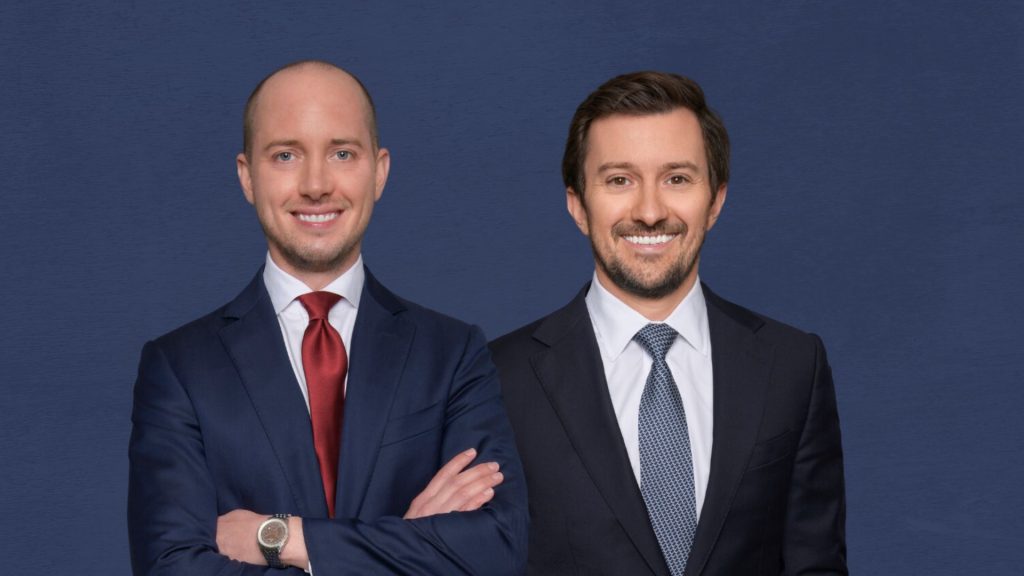
Our Florida car accident attorneys understand the complexities of Florida’s no-fault insurance system and comparative negligence laws. They have recovered millions in personal injury and wrongful death cases throughout Florida and will work tirelessly to ensure that you receive the compensation you deserve. Click here to see some of our recent results.
If you’ve been involved in a multi-car accident in Florida, don’t navigate the legal and insurance complexities on your own. Contact Flanagan & Bodenheimer Injury and Wrongful Death Law Firm today at 305-638-4143 for a free consultation. Our experienced attorneys will guide you through the process, protect your rights, and fight for the compensation you need to recover and move forward.




